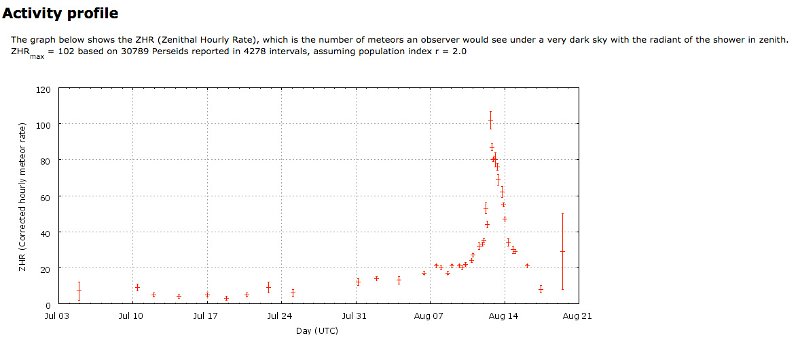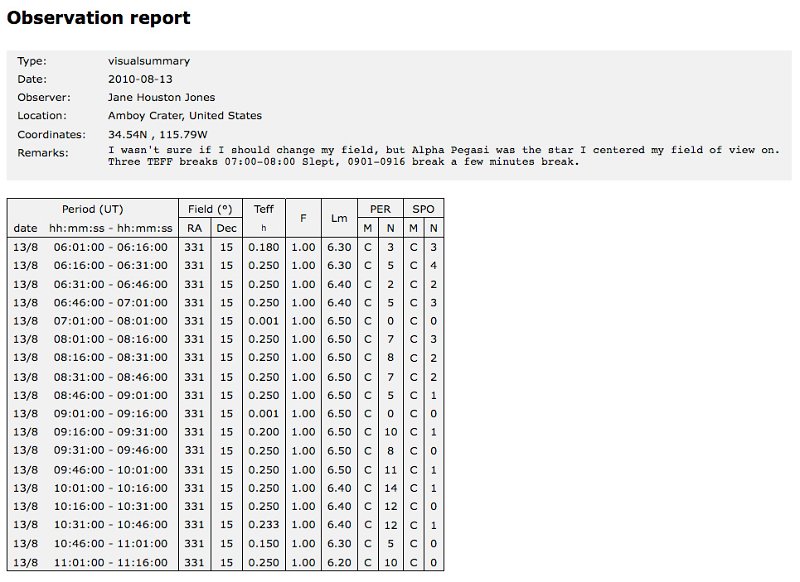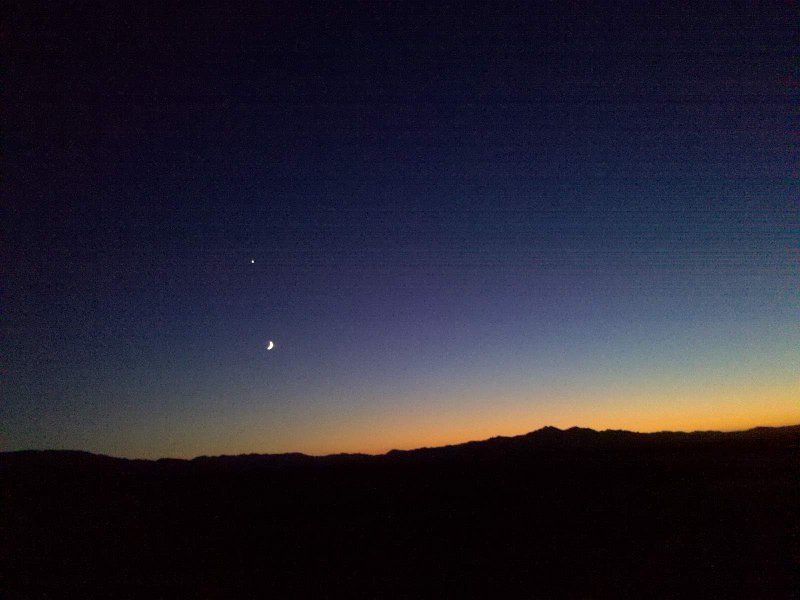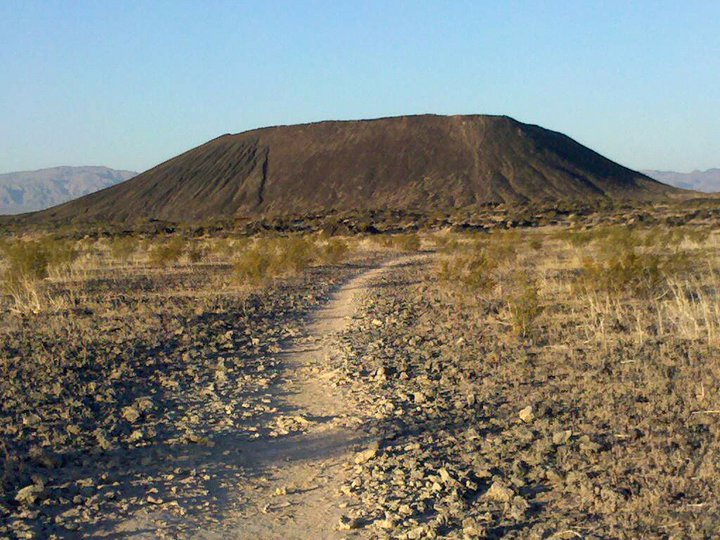For the past year I’ve been traveling to dark skies to observe and count meteors during the major showers. Armed with a clipboard and a comfy chair, I stare at a section of the sky, hoping to see members of the well known showers, and contribute my data to that of other meteor observers around the world.
This writeup is really about how I observed, recorded and submitted my 2010 Perseid meteor shower data to the International Meteor Organization. I hope I inspire you to try it, even if you don’t submit your paperwork the first time. (I didn’t, in fact it took me longer to fill out the paperwork the first time than it did to actually observe the meteors!).
The first chart shows the peak of the Perseids – August 12-13 between 18h and 7h Universal Time. That means for people like me on the west coast of the US, the peak was nearly over before I started counting! It’s important for worldwide observers to keep counting, because many showers have secondary peaks or other characteristics.
The second chart is my data. Before I arrived at the site, I recorded the latitude, longitude, elevation and name of my observing location. This is easy to do using your GPS devices these days. I wrote down my name, my IMO codename (JONJH) and the shower (Per for Perseids). I decided not to try and identify individual minor showers though there were many. I called all non-Perseids Sporadics.
Before I began observing, and several times during the night I assessed the darkness of the sky using Limiting Magnitude star charts. This field is identified as LM on my observing form. The IMO says: “The darker and more transparent the sky and the more sensitive your eyes, the more meteors you can see. To use your observations for scientific analyses a quantitative characterization of these factors has to be established. The limiting magnitude (which is defined as being the magnitude of the faintest star near the zenith that the observer can detect using the slightly averted naked eye) defines both the condition of the sky’s clarity and the quality of the observer’s eyes.”
I keep a set of these charts on a clipboard and assess the sky darkness every time I observe. My assessment was a very high limiting magnitude. I could see magnitude 6.5 stars with my unaided eyes.
On a clipboard, I clipped a bunch of blank sheets of paper – one piece for each hour of the night. I wrote down each meteor I observed and noted the time using a nearby clock. I also wrote down the magnitude of each meteor – using a shorthand of 5 magnitudes of brightness. (F for faint-mag. 4, B for bright mag. 1, etc. J for Jupiter bright bolides) I had a selection of stars in the area already memorized for comparison against the Perseids. For spectacular meteors, I plotted them on star charts I had printed out for this purpose.
In a nutshell: Mag 6.5 skies, clear, 80 degrees overnight. Amboy Crater, one of the darkest observing locations in the US, was a great location for meteor observing.
Between 9 and 11 p.m. (04h-06h UT) I unofficially saw about a dozen mostly very bright meteors while setting up my chair, eating dinner, etc. I didn’t start seriously recording the meteors until 11 p.m. (06h UT)
04h-05h UT – 2 Perseids, 1 sporadic
05h-06h UT – 4 perseids, 3 sporadics **the first Perseid came in at 9:34 p.m.
06h-07h UT – 15 Persieds, 12 sporadics
07h-08h UT – I took a nap
08h-09h UT – 27 Perseids, 8 sporadics
09:19-03:19 – 43 Perseids, 3 sporadics didn’t take a break since the rates were so high…
03:20-04:20 – 39 Perseids 1 sporadics (with a 7 minute break)




[...] in the US didn’t see very many this year, especially from an urban setting. Last year, the Perseids peaked on a moonless night, and I saw plenty of [...]
[...] Perseids from Amboy Crater (a dark sky site) January 8th, 2012 | Tags: Jane Houston Jones, light pollution, meteor showers, Quadrantids | Category: Astro adventures and star tails, how-to stargazing, Sidewalk Astronomy [...]
[...] August Perseids and meteor recording tips [...]
[...] 2013 This year’s Perseids will be great. The moon sets before prime meteor shower hour. The Perseids have a wide stream, and even though the peak is Monday morning the 12th, you’ll see plenty on [...]